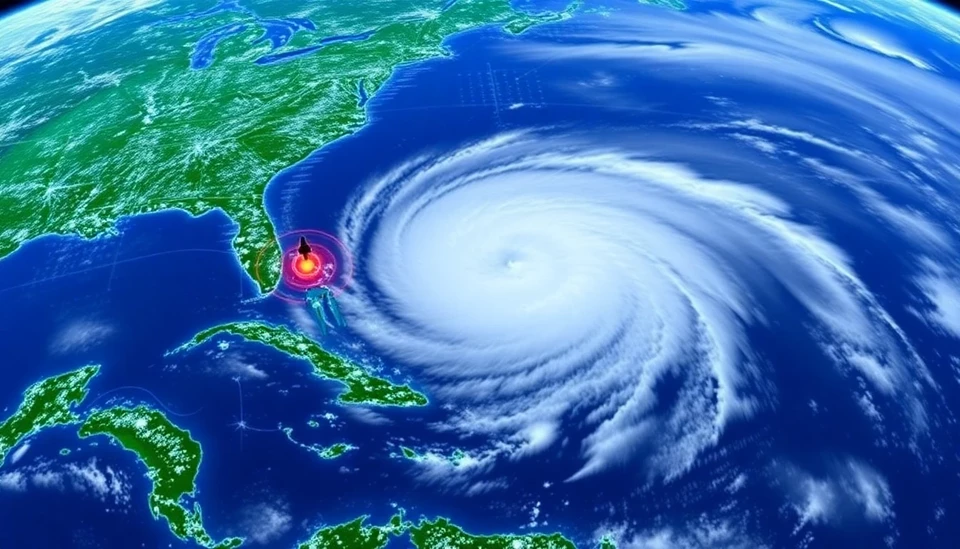
This year's hurricane season has triggered a palpable sense of anxiety among airlines as they brace for extreme weather patterns that are becoming increasingly frequent and severe. With climate change at the forefront of global discussions, carriers are now feeling the direct impact of such phenomena on their operations, forcing them to rethink their strategies and bolster their contingency plans.
Experts suggest that the growing intensity of storms not only disrupts flight schedules but also places significant financial strain on airlines. This season has already seen a series of storms making headlines, wreaking havoc on travel plans and leading to substantial cancellations. Major airlines are grappling with the fallout, which has far-reaching implications for their bottom lines and service reliability.
The Federal Aviation Administration (FAA) has noted that flights are increasingly being delayed or diverted due to adverse weather conditions, a trend that has been exacerbated by the rising temperatures of ocean waters. The National Oceanic and Atmospheric Administration (NOAA) has also reported an uptick in hurricane activity this year, correlating with warmer climate trends, which places added pressure on the aviation industry.
As airlines scramble to adapt, some are investing in more robust weather forecasting technologies and developing new protocols to respond faster to impending storms. This proactive approach includes collaborations with meteorological centers to better predict the timing and intensity of hurricanes, ultimately aiming to minimize the impact on their operations.
Moreover, the economic implications of ongoing hurricane threats have led airlines to reassess their route networks, particularly in regions that are prone to severe weather. Several carriers are exploring alternative routes or seasonal adjustments to their schedules, reflecting a shift in strategy in response to these new climatic realities.
However, while some airlines are finding ways to adapt, industry experts warn that the increasing frequency of extreme weather could amplify operational disruptions and lead to higher costs. Travelers may find themselves facing more frequent delays and cancellations, coupled with increased fares as airlines attempt to offset their operational challenges.
In response to these challenges, airlines are also enhancing their communication strategies with passengers, ensuring they are kept informed about potential disruptions well in advance. This marks a critical evolution in how the aviation industry relates to its customers, prioritizing transparency and customer care during chaotic weather events.
The ongoing trend of climate change and its implications for the airline industry is likely to be a pivotal topic as stakeholders gather to discuss sustainable practices and resilience building in aviation. As hurricanes become more vicious and unpredictable, the pressure mounts on airlines to not only respond effectively but also contribute to broader environmental solutions.
The impact of this hurricane season is a salient reminder of the complex relationship between climate change and travel. With each passing year, the stakes rise, leading to a renewed emphasis on prioritizing safety, efficiency, and sustainability in the aviation sector.
As hurricanes loom and weather patterns shift, the aviation industry stands at a crossroads, with a pressing need to adapt to an increasingly turbulent climate while ensuring passenger safety and operational continuity.
#HurricaneSeason #AviationIndustry #ClimateChange #AirlineChallenges #WeatherDisruptions #TravelSafety #SustainabilityInAviation
Author: Megan Clarke




